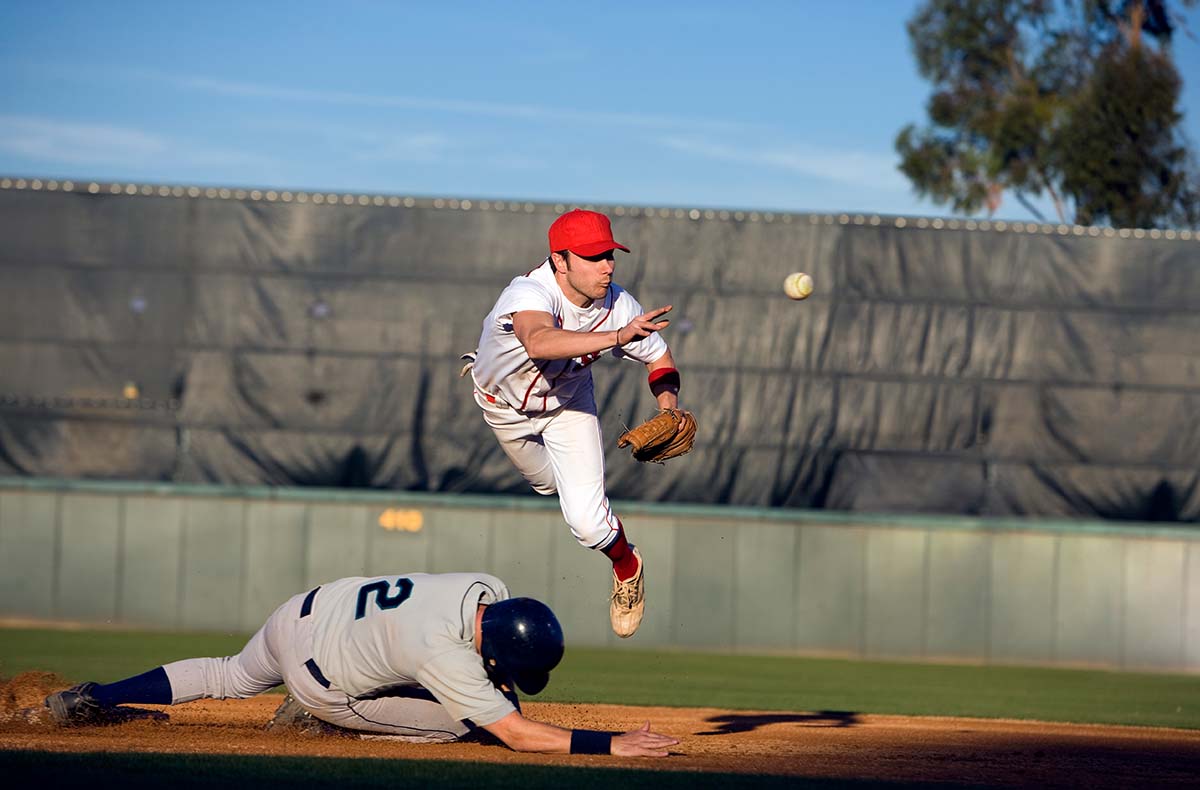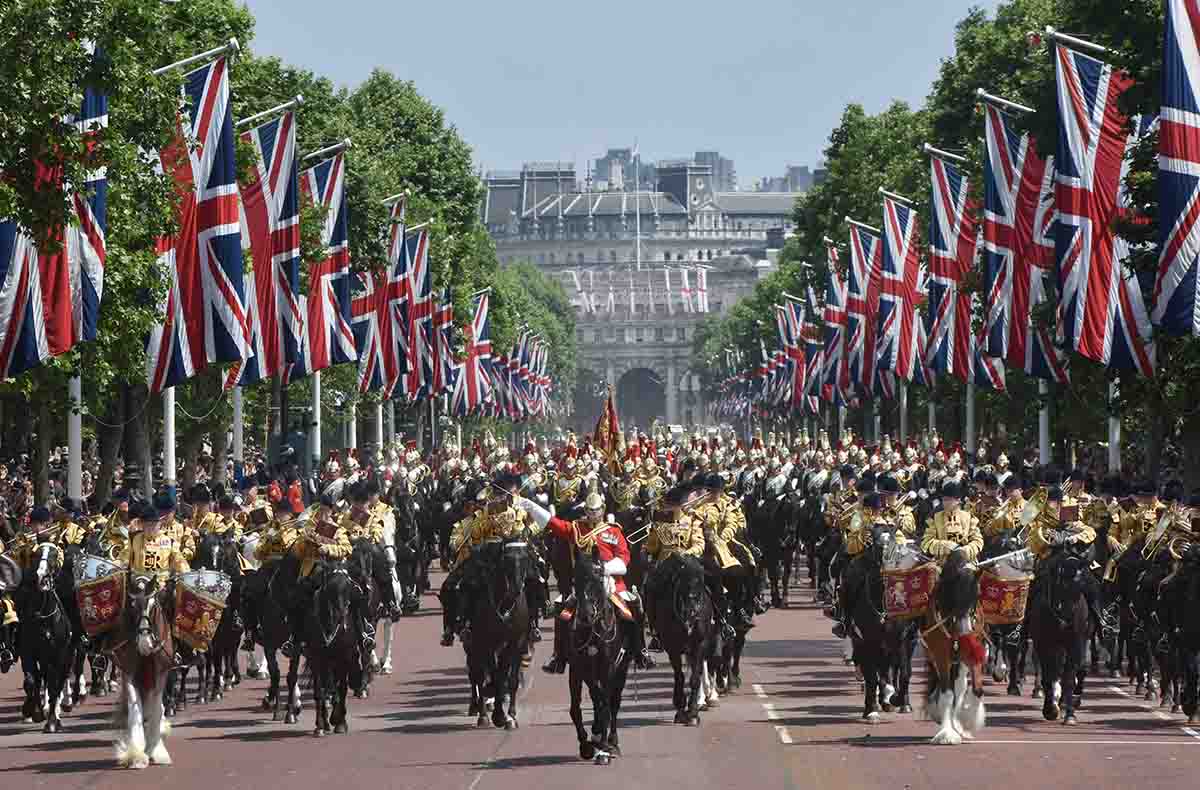
Baseball has been showing its age for decades. The boys of summer had lost their vigor. The game crept along. It felt like an anachronism in this modern era. Too old, too slow.
That was last year. Major League Baseball has changed. The facelift is more than cosmetic surgery. It’s as if a classic car has been fitted out with a jet engine. And the early indications are that the transformation is working.
Part of baseball’s appeal was always its leisurely nature and its reassuring cadence. It has never been a sport where the spectator had to commit their undivided attention. But somewhere along the line it began to stall. Even the most laid-back aficionado began to feel games were going on too long.
In its infancy, baseball was a relatively concise event. Up until the 1930s, the average nine-innings matchup lasted for less than two hours. After the second world war, the minutes began to creep up. By 2021, the action—or lack of it—had bloated to more than three hours. That’s an average for games that did not exceed their scheduled length.
No one minded when a tied result forced the contest into extra innings. Everyone is happy to play until there is a winner—draws are anathema in American sport. But the basic, white-bread, unexceptional fixtures had developed running times that outpaced the majority of the public’s attention span.
It made marketing the sport difficult. Four years ago, the Boston Red Sox and the New York Yankees—participants in baseball’s greatest rivalry—came to London to play a regular-season fixture. Excitement was at fever pitch among British fans. The sense of exhilaration in the stadium was even more pronounced in the first innings when each team scored six runs. The problem was that this single innings lasted for 58 minutes. It was going to be a long night.
Many of the paying customers had slunk away by the time of the final pitch, a full four hours and 42 minutes after the start, just three minutes shorter than the longest nine-innings game in MLB history. In the summer heat, watching baseball felt too much like hard work.
Never mind children’s bedtimes, games were running beyond the hours when adults needed to sleep. Something had to be done. Baseball was boring itself to death.
The answer was a raft of rule changes designed to speed up proceedings introduced for this season. The main one was the introduction of a play clock. Pitchers have 15 seconds to throw the ball if the bases are empty and an extra five seconds if there is a man on base. Hitters need to reach the batter’s box before the pitch clock counts down to eight. It has provided an injection of urgency baseball badly needed.
The impact has been startling. On the season’s opening day at the end of last month when all 30 teams played, the average game time was two hours and 45 minutes. The following week the Miami Marlins beat the Minnesota Twins 1-0 in an event that lasted three minutes less than two hours. It was like a throwback to the thirties.
Other innovations have been introduced to make baseball more attractive. The main two limit defensive shifts to help get more runners in play and the size of the bases has been expanded to encourage base stealing. The result has been a speedier, more vibrant game. It almost, at times, feels like a different sport.
MLB has the oldest fanbase in American sport, with an average age of 57. This means there is an element of risk in the changes. The innate conservatism that comes with advancing years meant there could have been a backlash to the new rules. So far reaction has been largely positive.
Baseball has been chasing a younger audience for the past few years. MLB boasts that its social media platforms have a median age of between 25-34. However, American football (NFL) and basketball (NBA) fare significantly better with the 18-44 age range that advertisers chase. The new rules suggest baseball can make even more headway with this demographic.
The core of baseball’s following is comprised of White and Hispanic men. Women and those from the Black community are under-represented in the fanbase. There are hopes that a speedier, shorter game will attract a more diverse audience.
This was the moment to act. Television ratings have been slipping for a decade—last year’s World Series had the second lowest armchair audience since records started. Only the Covid-affected edition of the Fall Classic two years earlier did worse. Last month, the regional broadcaster with the rights for 14 big-league baseball teams declared bankruptcy. The situation is complex, but MLB has not yet taken the rights back in-house and committed to showing the games on its own channel.
At least baseball appears to be on the front foot now. It needs to be. Major League Soccer has also emerged as a serious competitor during the summer.
The game needs an iconic star, too. There is no one of the stature of the NBA’s Lebron James or the NFL’s Tom Brady, stars who resonate beyond their sport.
If it had been left to the traditionalists, baseball would have continued to wither. This season’s quick start suggests that the sport has recaptured some of its vim. Whether it will continue in the right direction remains to be seen.
The boys of summer may well have rediscovered their youth, and baseball has finally woken up after its long snooze.



